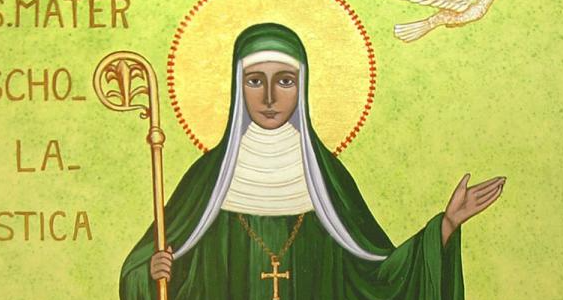Saint Scholastica: Legacy of Women in Monastic Life
Monastic life has long been a cherished part of Christian tradition, with women playing a vital role in this spiritual journey. At the forefront of this legacy is Saint Scholastica, whose life and work continue to inspire those interested in the contributions of women to monasticism. By exploring her story and the broader impact of women in monastic life, we can gain insight into their essential role in shaping spiritual communities.
The Life and Impact of Saint Scholastica
Saint Scholastica was born in the late 5th century, likely in Italy. As the twin sister of Saint Benedict, the founder of Western monasticism, she established her own monastic community at Plombariola, near Monte Cassino. Scholastica’s life was marked by devotion to prayer, community living, and the pursuit of spiritual wisdom. Her teachings laid the groundwork for the Rule of Saint Benedict, influencing monastic practices for centuries to come. Moreover, her commitment to fostering a supportive environment for women seeking spiritual fulfillment is a testament to her lasting impact.
Women’s Contributions to Monastic Life
The legacy of Saint Scholastica is not just individual; it embodies the broader contributions of women to monastic life. From the establishment of convents to the nurturing of spiritual practices, women have been pivotal in shaping monastic communities throughout history. They created spaces for education, art, and scholarship, often focusing on works that promoted peace and social justice. Feminine spirituality also introduced unique insights into the faith experience, providing a rich counterbalance to male-dominated theological perspectives. In many ways, these women demonstrated that monastic life is not solely defined by gender, but rather by devotion and community.
Modern Implications of Scholastica’s Legacy
The influence of Saint Scholastica extends well into modern times, where the principles she embodied continue to resonate. Today, women in monastic communities are revisiting and reinventing traditional practices to address contemporary issues like mental health, community service, and environmental stewardship. Many are advocating for social justice, drawing from the same spirit of unity and grace that Scholastica exemplified. By engaging with her legacy, modern women in monastic life are not only honoring their spiritual forebears but also carving their own paths in a world that often overlooks the contributions of women.
In conclusion, the story of Saint Scholastica and the legacy of women in monastic life offer a rich tapestry of faith, resilience, and community. As we explore these themes, we can appreciate the vital role women have played in shaping spiritual traditions. Consider delving deeper into this history or even visiting local monastic communities to learn firsthand about their continuing impact. There’s much to discover in the stories of women like Scholastica who have forged paths of devotion for future generations.

